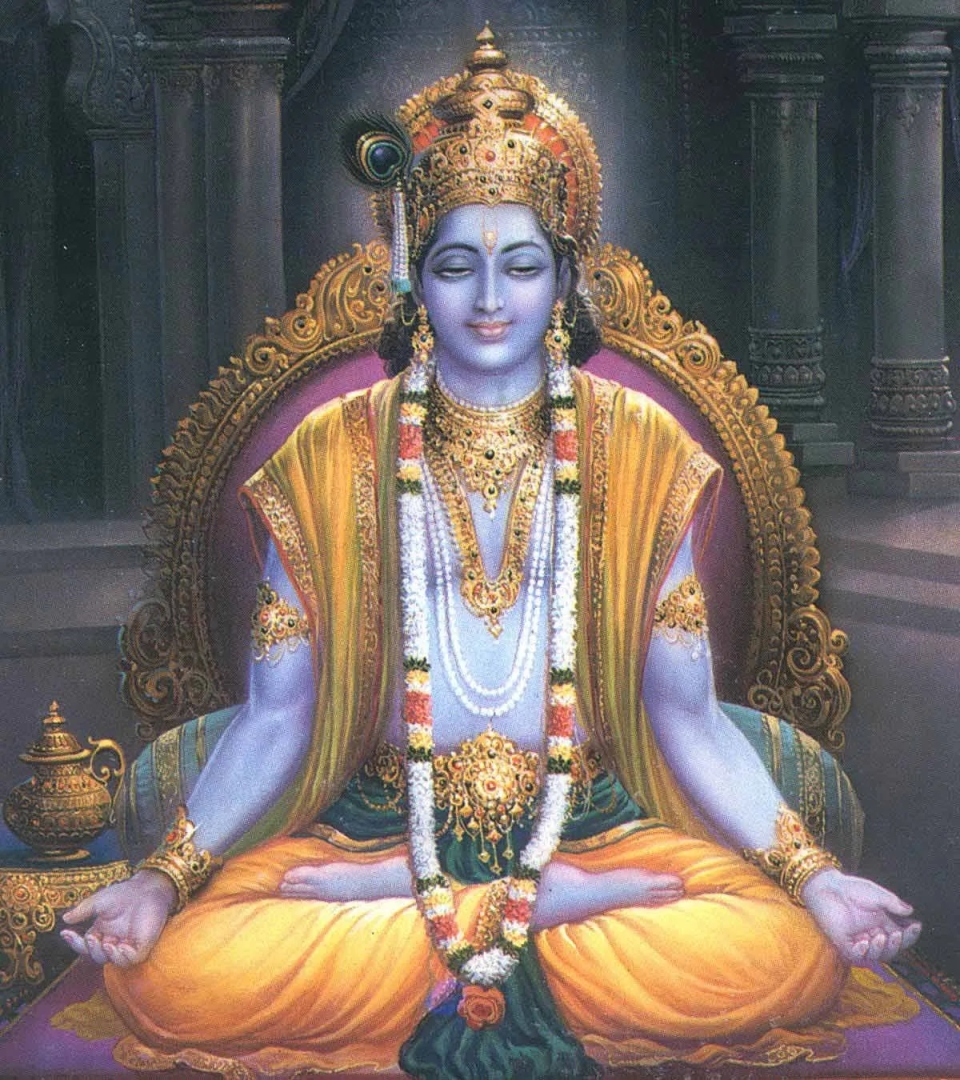There are two different ways in which the idea of Ram can be understood- Canonical and Existential. The political sphere in India is influenced by the canonical idea of Ram

The politics around the identity of Ram has become an epicentre of Indian politics. Rather than development, political class has made the Ram, a vehicle of mass mobilisations in India. The narratives and counter-narratives are being floated to valorise him and at the same time to demean. Electoral battles were fought on the communal idea of Ram, especially in North India. Such political mobilisations were yet to infiltrate the local politics of Goa. The contest over ‘Goencho Saib’ may have extended the communal connotations of the idea of Ram to the landscape of Goa. Therefore, it is very important to liberate the idea of Ram from the warring narratives superimposed on it.
There are two different ways in which the idea of Ram can be understood- Canonical and Existential. The political sphere in India is influenced by the canonical idea of Ram. The political parties, radical organisations and specific interest groups invoke the canonical or religious Ram to mobilise the voters and followers. They derive their legitimacy from the puranic texts and scriptures. It encourages them to locate the Ram at specific places. Such locations emerge as the epistemological origins of such philosophy. This canonical idea is largely reflected in the slogans on the streets of India during protests and demonstrations.
The existential idea of Ram revolves around the personal sphere of the individual. It brings meaning to the life of an individual. For ordinary people, bringing ‘Ram’ to life is to give ‘meaning’ to life. If an individual fails to bring expected material changes in his household, he thinks, there is no Ram in his house. When people are not satisfied with the work, they say, there is no Ram’ in that work. When someone fails to greet with respect, they say, he has no Ram in his behaviour. Ram is an indicator of a good life for ordinary people who are unaware of its canonical understanding.
The Bhajan and Kirtans across Goa and neighbouring states of Maharashtra and Karnataka invoke Ram from the existential point of view. Followers (Varkaris) of Lord Vithal of Pandharpur communicate with him through their worship (Bhakti) that they exist because of the blessings (Krupa) of the Ram. The devotees seek peace (Shanti) by reciting the bhajans. Like Saint Kabir, for the working class, Ram is not only the son of King Dashrath or any avatar, but a God in itself. It is a universal power that motivates the peasantry, artisans, and shepherds to bring prosperity to human life. The name ‘Ram' or ‘Rama’ or ‘Parshurama’ is a common name among the lower castes in the Konkan region.
The existential idea of Ram has been the core theme of the Bhakti Movement in the Deccan. It constitutes justice and shapes people’s views about right and wrong. It emanates a morality that seeks to balance pain and pleasure. According to the Bhakti tradition, every individual is free to act according to his capacity. But he should not misuse his capacities to the disadvantage of others. The individual’s actions are driven by reason. The reason is Ram dissuades the person from harming others.
Across the world, people have given up the chaos and orthodoxies and established societies to live together. They invented the most civil weapon called ‘an individual liberty’. In India, the Bhakti or Pastoral movement sought to re-order society on the basis of individual liberty. It attacked the rigid caste system and highlighted the primacy of achieved social status rather than ascriptive social status. Tukaram, Bahinabai, Chokhamela, etc worked for educating and civilising the society. For them, Ram was an integral principle of civil society.
MK Gandhi, leader of the National Freedom Struggle in India also dreamt of Ramrajya. He imagined a state wherein people from the grassroots level will participate in the governance. Everyone’s labour would be seen as an ability to be used in the nation’s growth. It was not based on an orthodox understanding of religion. He separated Ramrajya from religion. Dr BR Ambedkar whose father’s name is ‘Ramaji’ says that some Hindus are monotheists, some are polytheists and some are pantheists. The majority of Hindus are polytheists. They do not confine their homage to only Hindu Gods. They don’t hesitate to worship Muslim Pir or a Christian God. In Surla, Bicholim, Hindus and Muslims celebrate Shigmo festival together every year. The villagers visit the Dargah of Pir Saheb on the last day of Shigmo. The Moulavi prays for the well-being and the communal harmony of the two communities.
The idea of Ram also is not specific to a particular community under the Hindu religion. The Malkana Muslims in Uttar Pradesh practice the Muslim religion and visits temples. They address the friends and relatives with the salutation ‘Ram-Ram. The idea of Ram has been integral to many communities irrespective of their faith. Monotheists should not only decide the religious discourse of the state. Therefore, one should not reduce the discourse of Ram to one community. Many times, people make the binaries between the Gods. They assign the gods based on the social status of the castes. They attach local gods to lower castes and universal gods to upper castes. This results in a sectarian discourse on religion and marginalises some people from the agency of the universal gods. The constitution allows an individual to define the understanding of religious faith based on the conscience. Instead of reducing Ram to a religious domain, we need to use it to democratise public discourse.
(The writer teaches Political Science at Government College of Arts, Science and Commerce, Quepem)